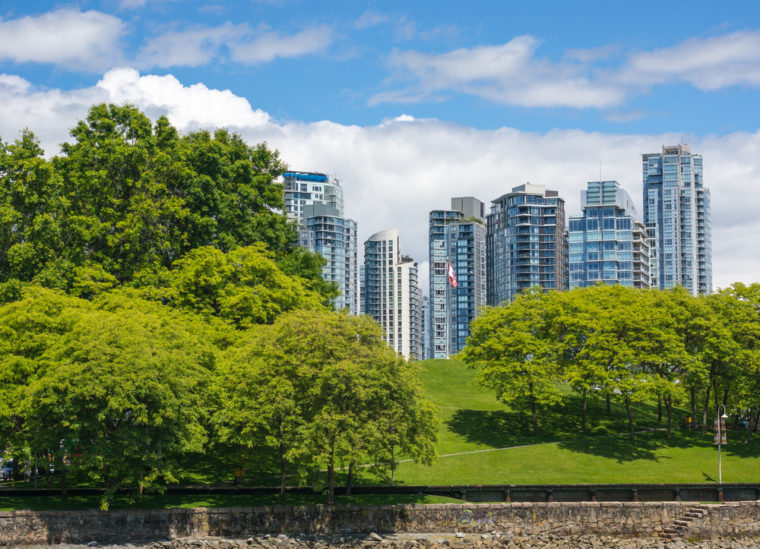A new study from Washington University in St. Louis suggests eight interventions that will help create healthier and more sustainable cities of the future, built to reduce the negative impacts of pollution, climate change, noise and crime.
The paper, “City Planning and Population Health: A Global Challenge,” published Sept. 23 in the journal The Lancet, is co-authored by Rodrigo Reis, professor at the Brown School and expert on physical activity, urban design and public health.
It is one of a three-part series of studies released Sept. 23 in New York during the annual meeting of the United Nations General Assembly.
“We have much work to do on our cities,” Reis said. “It won’t be easy or come cheaply, but it is essential to the health of our cities and our planet.”

Between now and 2030, the paper suggests, an estimated $58 trillion is required globally to upgrade, maintain and develop urban infrastructure to meet growing demand and 21st century challenges.
Those challenges, Reis said, include rapidly rising rates of non-communicable diseases, together with the impacts of climate change, which will combine to produce immense human and environmental harm that threatens to undermine social and economic development and security around the world.
Designing pedestrian and cycling-friendly cities will produce multiple benefits, Reis said, including to health, traffic management, the environment and the economy.
“Better planned and designed cities will help build communities by decreasing commute and travel times,” he said. “City planning is an essential element of a multi-level, multi-sector response to face the major global health challenges to be confronted in the 21st century.”
Reis and his co-authors suggest eight interventions to encourage walking, cycling and public transport use, while reducing private motor vehicle use.
Those are:
- destination accessibility;
- equitable distribution of employment across cities;
- managing demand by reducing the availability and increasing the cost of parking;
- designing pedestrian- and cycling-friendly movement networks;
- achieving optimal levels of residential density;
- reducing distance to public transport;
- increasing diversity; and
- enhancing the desirability of active travel modes (for example, creating safe attractive neighborhoods and safe, affordable and convenient public transport).
“While the final mix of urban and transport planning and design interventions will vary, the overall goal must be creating cities that reduce non-communicable diseases, road injuries and other adverse health risks by promoting active lifestyles and protecting citizens from traffic, environmental pollution, noise, crime and violence,” Reis said.
“Achieving healthier and more compact cities requires well-implemented regional and local planning that integrates land-use, transportation, housing, economic and infrastructure planning with urban design,” he said.
